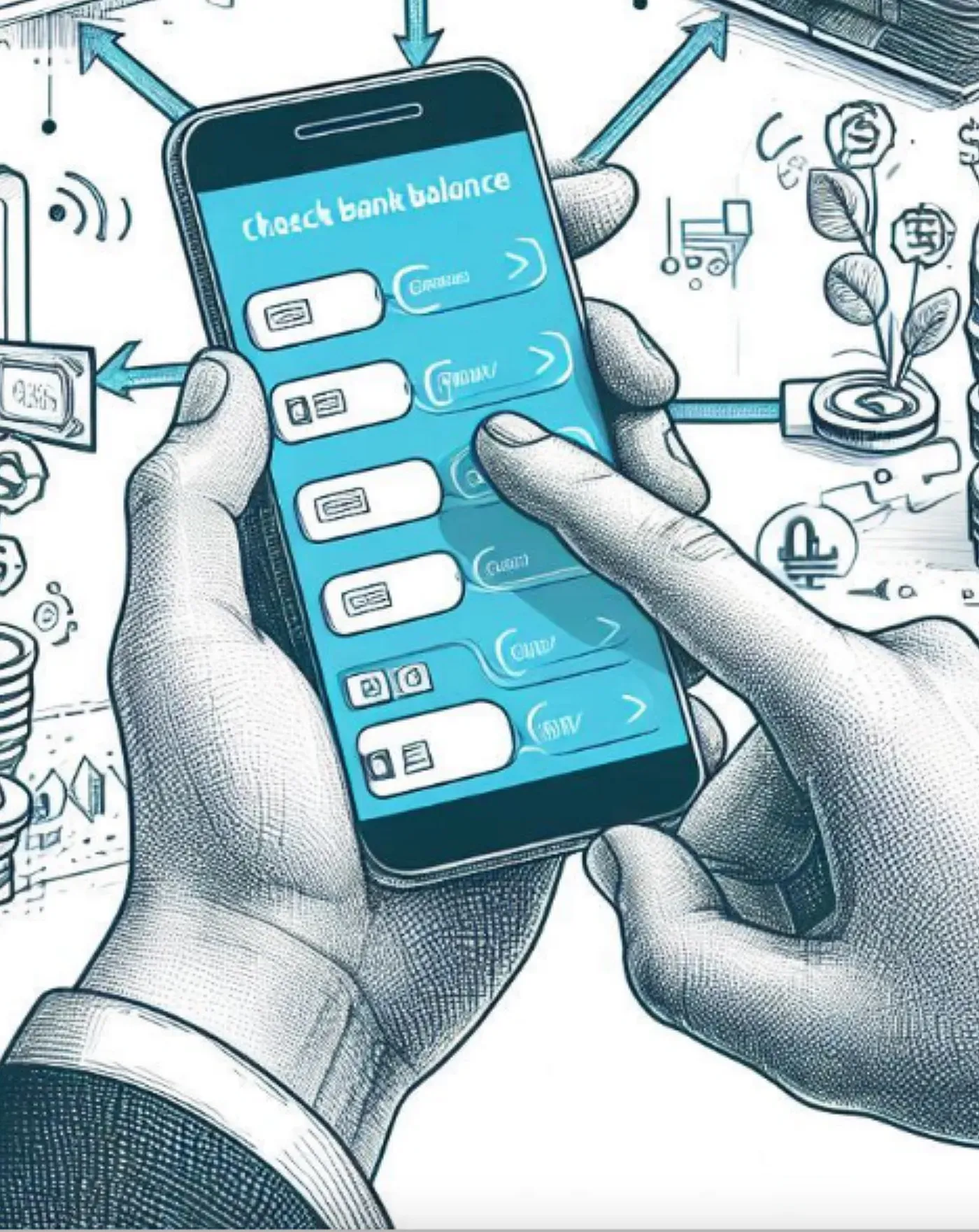With the explosion of Conversational AI and Generative AI applications and the user experiences we are getting used to, it’s fair to ask if our current user interfaces, particularly the siloed apps on our phones, are still necessary. Could we have achieved greater efficiency by focusing on a universal chatbot-style interface usable across all our mobile phone applications? Why do we need so many separate apps? After all, it’s one phone for one user. Wouldn’t a single, unified interface be more streamlined? Wouldn’t this eliminate the artificial barriers created by app containers, freeing up information flow and making it easier for the user to consume and complete things that they want to accomplish?
Think about something as basic as checking your bank balance. It takes unlocking your phone, finding the specific bank app, logging in, and then navigating to your balance. Transferring money adds even more steps. Now imagine doing this whole process with three different banking apps, each with a unique interface. A simple task becomes cumbersome due to the fragmented app landscape.

The conversational interfaces paradigm provokes us to reconsider this process.
Conversational interface throws open the door to a simpler way of interacting with technology. Forget app gymnastics — just ask, “What’s my balance?” or “Send this amount to [person’s name].” The system would confirm and execute your request, as effortlessly as texting a friend. While chatbots have been around for a while, Generative AI is their game-changer. It unlocks their potential to understand even the most intricate requests, create contexts on behalf of the user dynamically, and navigate complex and long contexts easily.
This focus on simplicity and efficiency could usher in an era where apps become relics of the past, replaced by a singular, text-based interface. It’s not that our past efforts in crafting beautiful and secure apps were wasted, but rather that Conversational interfaces paired with Generative AI’s self-learning and content creation capabilities are prompting a return to core functionalities through a more intuitive approach.
Imagine using a search engine that cuts through the clutter. Perplexity AI understands your intent and delivers the answer you need, eliminating the need to wade through endless results. It’s like flipping on the TV in the 90s and enjoying what’s on, a stark contrast to the overwhelming choices bombarding us on today’s streaming platforms. Perplexity AI removes the burden of decision-making, letting you focus on the answer, not the search.
Conversational interfaces are a revolution, guiding us back to the core of information access. Mobile phones brought the world to our fingertips but fractured it with app silos, repetitive actions, and needless navigation. Conversational interfaces break down these barriers, aiming to deliver information in a personalized, streamlined flow, all without the artificial boundaries of individual apps.
While the future of apps on our phones remains uncertain, the rise of conversational interfaces is undoubtedly prompting a rethink of how we access and interact with information.
“App” less Phones are the future?